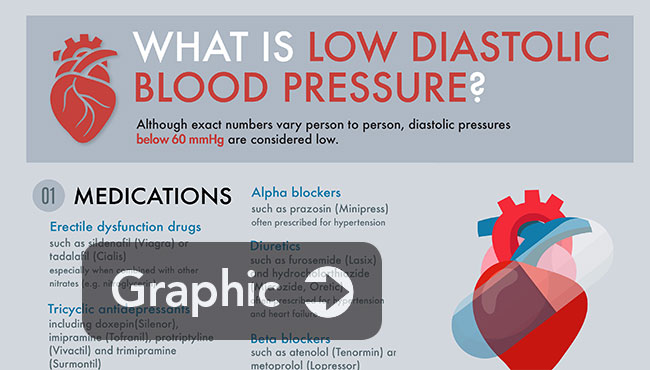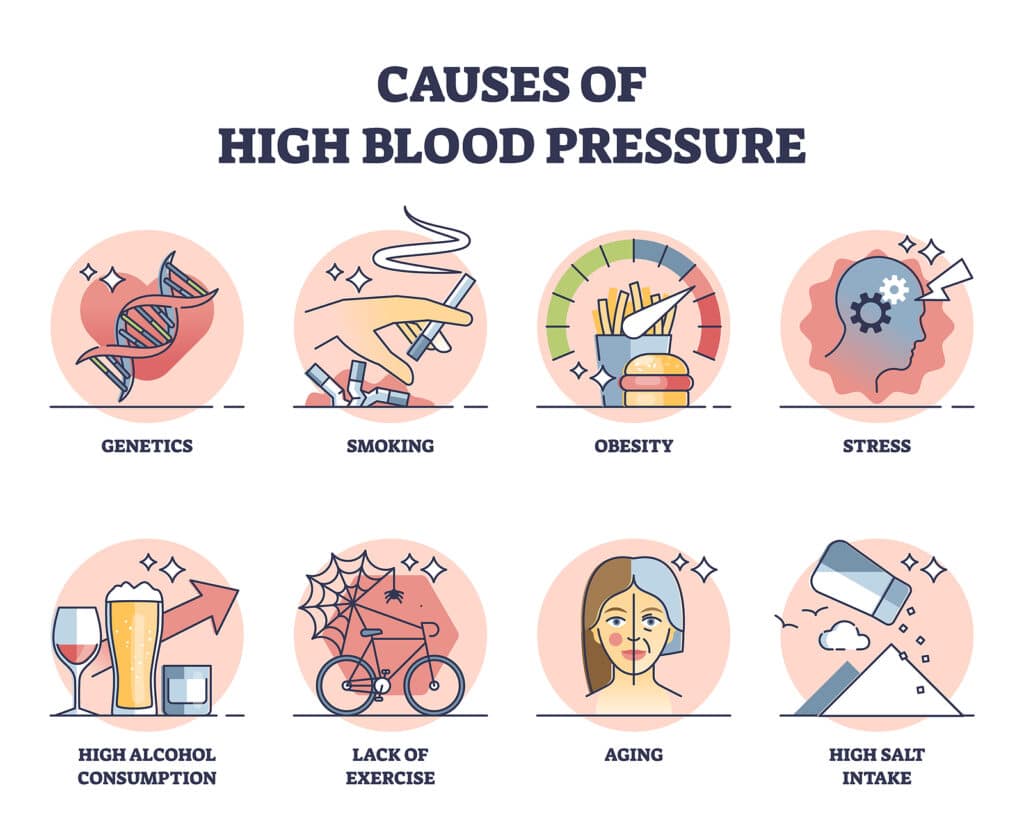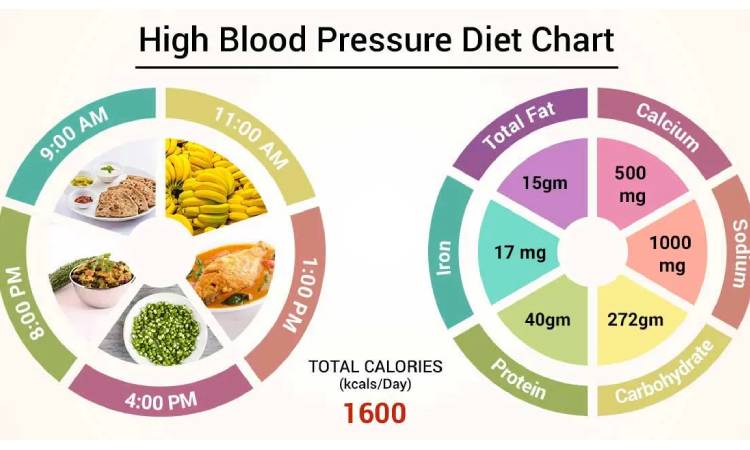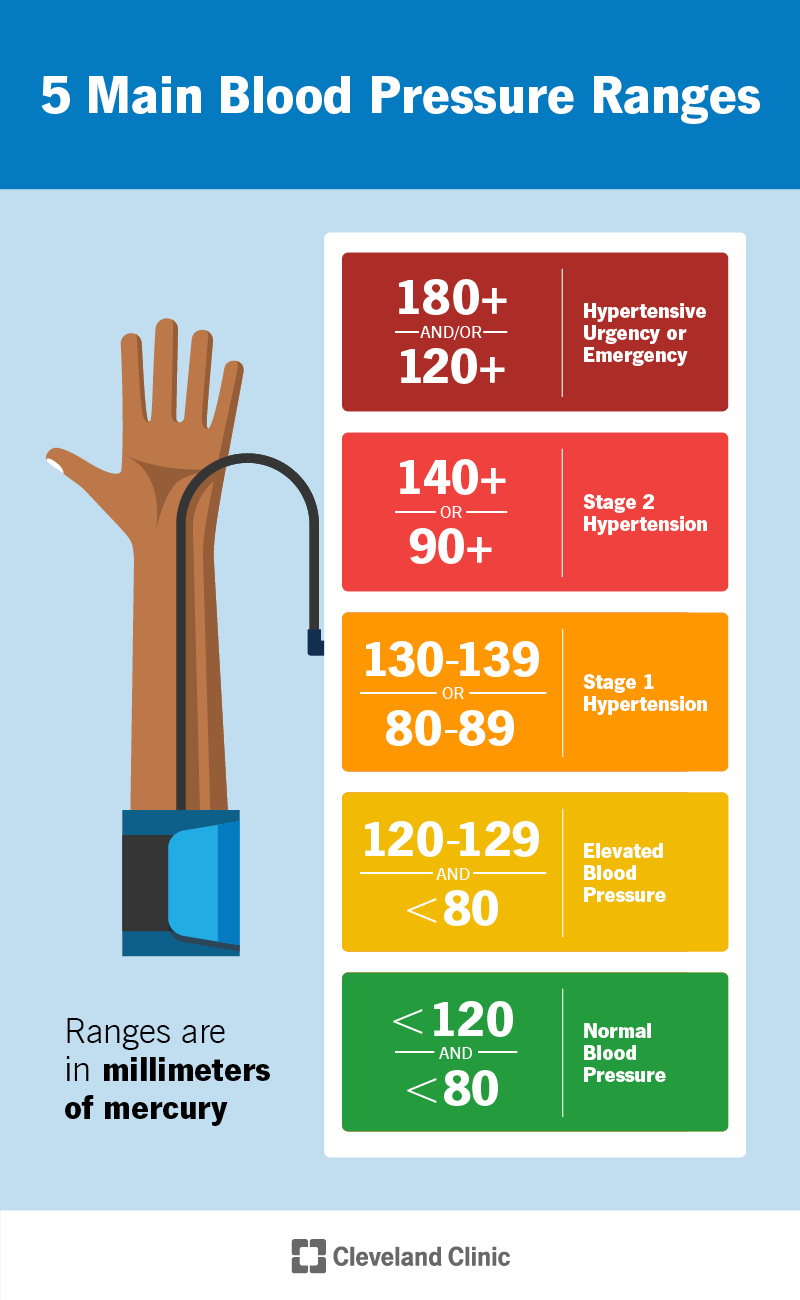Blood pressure is the force of your blood pushing against the walls of your arteries as your heart pumps blood throughout your body. It’s measured in millimeters of mercury (mmHg) and is usually written as two numbers, such as 120/80:
Systolic pressure:
The first and higher number, which measures the pressure in your arteries when your heart beats
Diastolic pressure:
The second and lower number, which measures the pressure in your arteries when your heart rests between beats
Blood pressure can change throughout the day and is affected by many factors, including your body position, breathing, emotional state, exercise, and sleep. It’s normal for your blood pressure to go up and down.
A healthy blood pressure is usually considered to be less than 120/80 mmHg. High blood pressure (hypertension) can increase your risk of serious health problems, such as heart attacks and strokes, if left untreated. Low blood pressure (hypotension) is usually not a problem, but it can cause dizziness and fainting in some people.
The only way to find out if you have high or low blood pressure is to get regular blood pressure checks from your health care provider.

Normal BP:
Normal blood pressure is <120/<80 millimeters of mercury. Elevated blood pressure is 120-129/<80 millimeters of mercury. People with blood pressure readings in this category can develop worse blood pressure if they don’t do something to improve it.
Causes of BP:
Many factors can contribute to high blood pressure, including:
Lifestyle:
Not getting enough exercise, smoking, drinking too much alcohol, and eating too much salt can all contribute to high blood pressure.
Health conditions:
Certain health conditions, such as diabetes, kidney disease, and sleep apnea, can increase the risk of high blood pressure.
Medications:
Some medications, such as steroids, NSAIDs, decongestants, antipsychotics, and birth control pills, can increase blood pressure.
Age:
The risk of high blood pressure increases with age.
Family history:
If a parent or sibling has high blood pressure, you’re more likely to develop it as well.
Race:
High blood pressure is more common in Black people and usually develops at an earlier age.
Other factors:
Pregnancy, stress, and social and economic factors can also contribute to high blood pressure.
Blood pressure is the force of your blood pushing against your artery walls. The size and elasticity of your arteries also affect your blood pressure.

Symptoms of BP:
High blood pressure, also known as hypertension, often has no noticeable symptoms. However, when symptoms do occur, they can include:
- Headaches, especially moderate or severe
- Shortness of breath
- Nosebleeds, especially frequent or heavy nosebleeds that occur without an obvious trigger
- Blurred vision or other vision changes
- Chest pain
- Dizziness
- Palpitations, or a fluttering sensation in the chest
- Feeling of pulsations in the neck
- Anxiety
- Confusion
Because high blood pressure is often a silent disease, it’s important to get your blood pressure checked regularly. Healthy adults over 40 should get their blood pressure checked at least once every five years, and those at higher risk should get it checked more often.
If left untreated, high blood pressure can lead to other serious health conditions like kidney disease, heart disease, and stroke.

Treatment of Bp:
Lifestyle changes can help lower high blood pressure. These include:
- Eating a healthy, low-salt diet
- Losing weight
- Being physically active
- Quitting tobacco
- Choose heart-healthy foods such as those in the DASH eating plan. …
- Avoid or limit alcohol. …
- Get regular physical activity
- Aim for a healthy weight. …
- Quit smoking. …
- Manage stress. …
- Get enough good-quality sleep.






